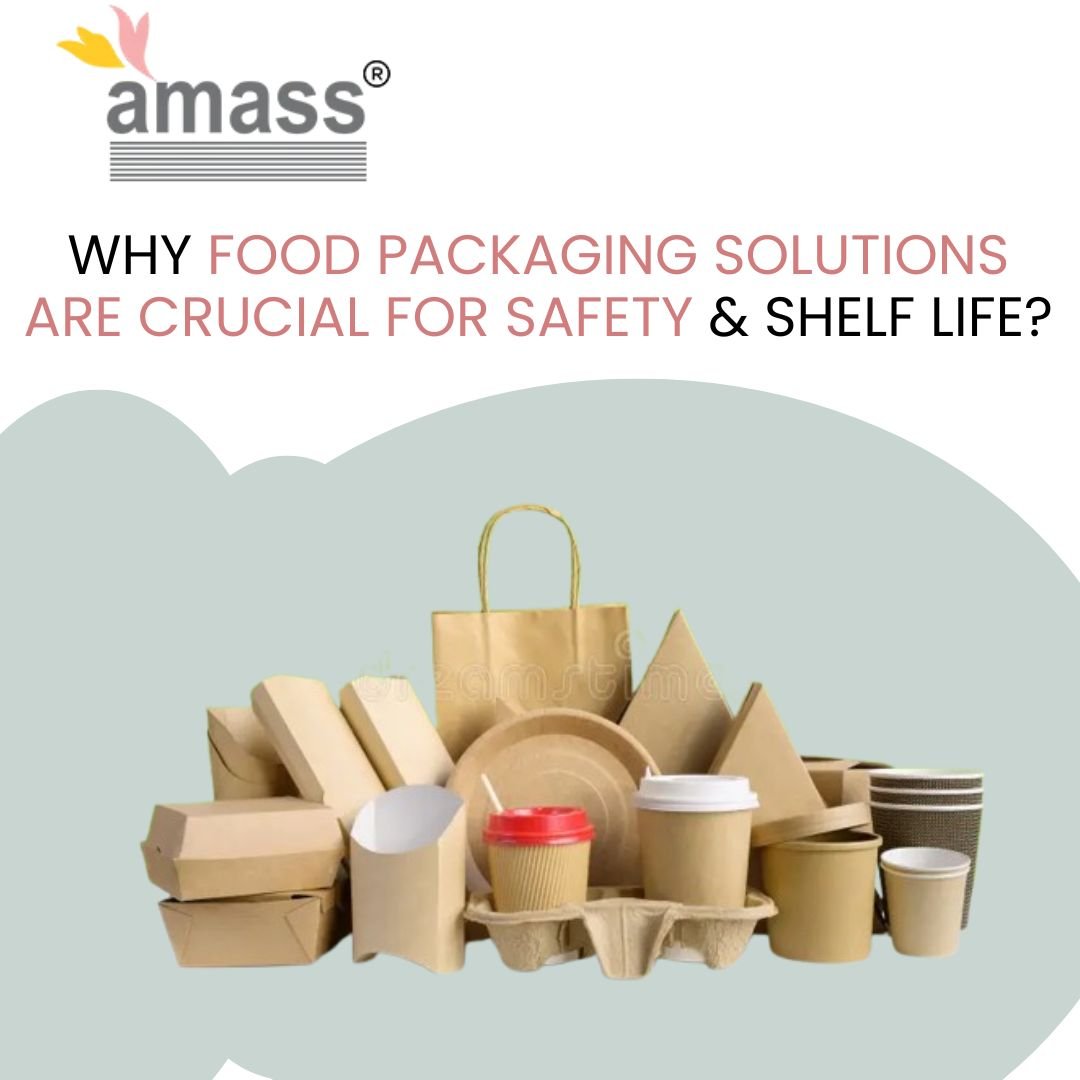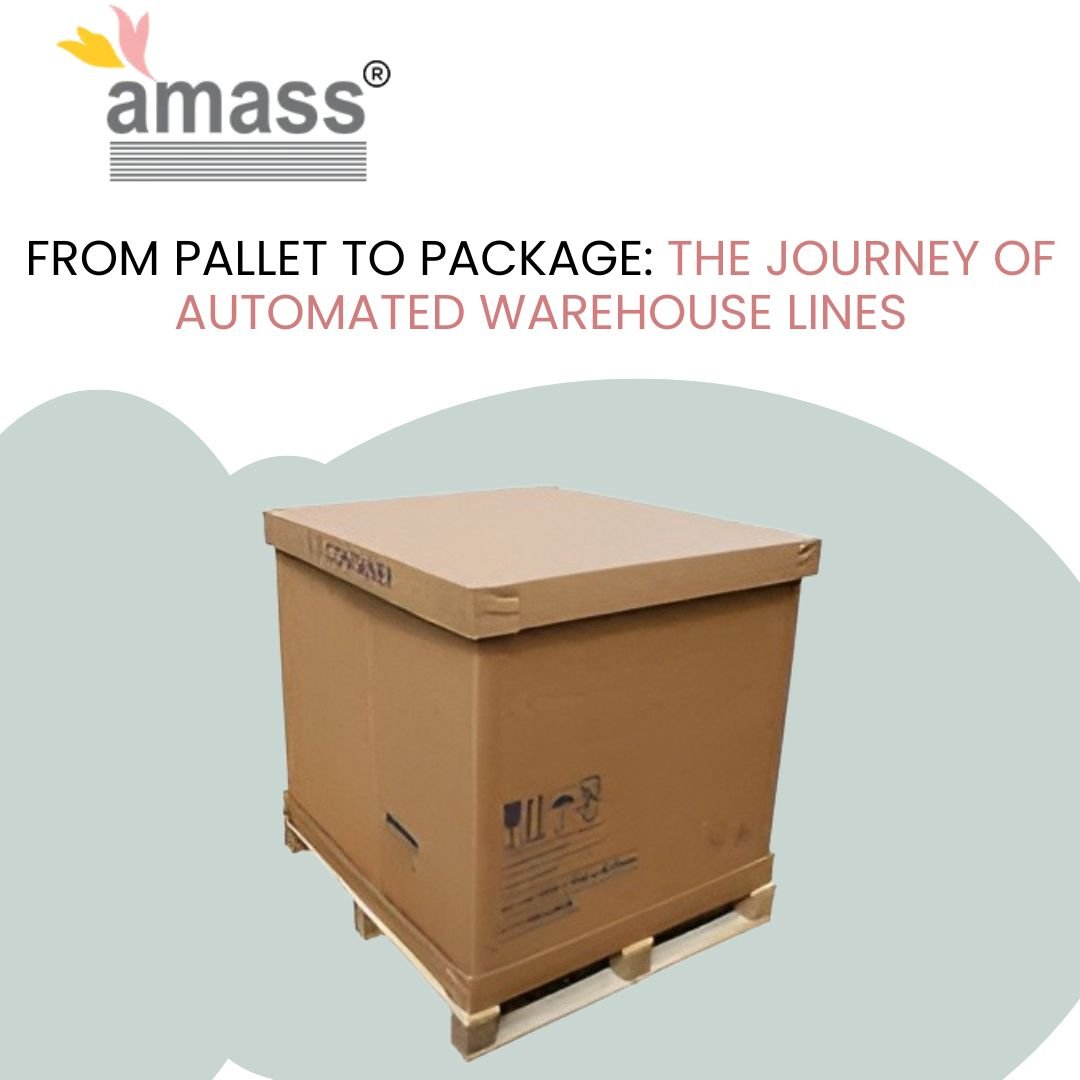Why Food Packaging Solutions are Crucial for Safety & Shelf Life?

Eco-Friendly & Recyclable PET Straps for Packaging
August 23, 2025
PET Straps vs. Steel Straps: Which One is Right for You?
August 26, 2025The Invisible Frontline
Here’s a fact that keeps supply chain executives awake at night: food spoilage affects nearly 40% of food produced globally, leading to significant economic losses and potential health hazards. But here’s the kicker—most of that loss happens not in production facilities or warehouses, but in the space between perfect packaging and imperfect handling. The difference between a product that reaches consumers safely and one that becomes a liability claim often comes down to millimeters of seal integrity and pounds of pressure applied at the wrong moment.
Food packaging isn’t just a container. It’s the frontline defender of food safety and shelf life—a complex engineering system where one compromised component can cascade into recalls, lawsuits, and shattered brand trust.
Safety is Non-Negotiable
Consumer safety operates on binary logic: safe or unsafe. There’s no middle ground when regression analysis reveals that the frequency of throwing food away was to the greatest extent related to food spoilage, and spoiled food doesn’t just waste money—it kills people.
The foundation starts with seal integrity and barrier properties. Modern food packaging creates hermetic environments where oxygen transmission rates are measured in cubic centimeters per square meter per day, and water vapor permeability is calculated down to grams per square meter per day. These aren’t abstract numbers—they’re the mathematical difference between fresh and spoiled.
But here’s where most packaging strategies fail: they focus obsessively on the primary package while ignoring the secondary vulnerability. The most sophisticated barrier film becomes worthless if the sealed package gets crushed, punctured, or compromised during palletization, transit, or storage.
This is where strapping and banding solutions become the unsung heroes of food safety. While oxygen scavengers and modified atmosphere packaging handle the internal environment, industrial-grade strapping systems ensure that sealed food packages maintain their integrity throughout the supply chain. Think of it as the last-mile safeguard—the difference between a vacuum-sealed protein that arrives intact and one that arrives with micro-punctures that render all other safety measures obsolete.
Spoilage Prevention—Today’s Arsenal
The war against spoilage operates on multiple fronts, and the weapons are getting smarter. Oxygen in the air hastens both the chemical breakdown and microbial spoilage of many foods. To help preserve foods longer, scientists have developed ways to help overcome the effects of oxygen. Vacuum packaging, for example, removes air from packages and produces a vacuum inside. Modified atmosphere packaging (MAP) and controlled atmosphere packaging (CAP) help to preserve foods.
Active packaging represents the offensive strategy. Oxygen scavengers don’t just remove oxygen—they create anaerobic environments where aerobic pathogens can’t survive. Moisture absorbers maintain optimal humidity levels that prevent both desiccation and mold growth. Antimicrobial films release compounds that actively hunt down potential contaminants.
Smart packaging provides real-time intelligence. Freshness indicators are intelligent devices that allow the monitoring of the quality of food products and indicate spoilage or freshness of the packaged product through colour changes directly detected by the naked eye. Freshness indicators are based on the use of dyes sensitive to pH changes that occur as food deteriorates. More advanced systems use wireless sensors that monitor temperature fluctuations, humidity changes, and gas composition—transmitting data that can predict spoilage before it becomes visible.
The sophistication is staggering. Food quality indicators, including oxygen depletion monitors, RFID tags, and freshness sensors, enable real-time tracking of product health, offering significant advantages in reducing spoilage and ensuring safety.
When Packaging Types Meet Functionality
Not all packaging systems are created equal, and matching the right system to the right application separates successful brands from those dealing with constant quality issues.
Aseptic packaging creates sterile environments where products can remain shelf-stable for months without refrigeration. Rigid packaging provides superior protection but at the cost of weight and storage efficiency. Flexible packaging optimizes material usage and reduces environmental impact while maintaining barrier properties.
The real innovation happens with multilayer systems—engineered composites where each layer serves a specific function. The outer layer provides puncture resistance and printability. Middle barriers control gas and moisture transmission. Inner layers ensure food contact safety and heat-sealability.
But here’s the insight most miss: the most sophisticated multilayer design becomes a liability if the finished package can’t withstand the mechanical stresses of real-world logistics. A five-layer barrier film that delaminates under pressure or temperature stress isn’t advanced packaging—it’s expensive failure.
Regulatory Compliance & Hidden Hazards
Food contact standards aren’t suggestions—they’re legal requirements with criminal penalties for violations. The FDA’s regulations on food chemical safety establish migration limits for substances that can transfer from packaging into food, but compliance goes deeper than most realize.
Chemical migration represents an invisible threat. Plasticizers, printing inks, adhesives, and even seemingly inert polymer chains can migrate into food products under certain temperature and time conditions. Both methods contribute to extending shelf life and improving product safety. However, despite these advantages, the adoption of these technologies is limited due to concerns over the potential consumption of active or smart substances by consumers.
Microplastics present an emerging challenge where microscopic plastic particles—potentially generated through mechanical stress during handling and transport—can contaminate food products. The long-term health implications remain under investigation, but the regulatory trajectory is clear: stricter limits and greater accountability.
Smart companies audit their entire packaging ecosystem, not just the primary materials. They understand that contamination can occur at any point where packaging materials experience mechanical stress, temperature fluctuations, or chemical exposure.
Operational Efficiency Meets Security
Modern food packaging serves multiple masters: safety, efficiency, traceability, and security. Shelf-ready packaging reduces labor costs and improves inventory turnover by enabling direct placement from shipping cases to retail displays. Traceability systems use serialized codes and RFID technology to track products from manufacture through consumption, enabling rapid response to contamination events.
Anti-counterfeit measures protect both consumer safety and brand integrity through tamper-evident seals, unique identifiers, and authentication technologies that make it economically unfeasible to replicate legitimate products.
But operational efficiency means nothing if products arrive damaged. This is where intelligent strapping and palletization strategies multiply productivity by enabling:
- Faster palletization cycles through automated strapping systems that secure mixed-product pallets without damaging individual packages
- Reduced product damage during logistics through optimized tension distribution that prevents both under-securing (shifting) and over-securing (crushing)
- Safer stacking and handling with strapping patterns designed for specific product types and weight distributions
The mathematics are compelling: a 2% reduction in product damage during transit can represent millions in recovered revenue for high-volume operations.
Innovation That Actually Matters
The packaging industry loves buzzwords, but three innovations represent genuine breakthroughs:
- Edible packaging films eliminate waste streams entirely by becoming part of the food product. Current applications focus on confectionery and single-serve items, but research expands into proteins and produce.
- Biodegradable barrier films maintain performance characteristics while breaking down in commercial composting facilities. The challenge isn’t creating biodegradable films—it’s creating biodegradable films that match the barrier properties and shelf life requirements of conventional materials.
- Battery-free freshness sensors use passive electronics powered by radio frequency energy to monitor and transmit food quality data without adding electronic waste to the waste stream. These sensing techniques have the impressive ability to detect a wide range of vital factors, including freshness, pathogens, pH levels, and environmental fluctuations.
The common thread: innovations that solve real problems without creating new ones.
The Integration Imperative
Food packaging safety and shelf life depend on systems thinking, not component optimization. The most sophisticated oxygen barrier becomes worthless if mechanical handling compromises package integrity. The smartest sensor provides useless data if the package it monitors gets damaged in transit.
Successful food packaging strategies recognize that safety, efficiency, and sustainability require integration across the entire supply chain—from primary packaging design through final delivery. They understand that true protection comes not from any single solution, but from the intelligent coordination of materials, monitoring, and mechanical protection systems.
The companies that win in food safety don’t just package their products—they architect complete protection systems where every component, from barrier films to strapping solutions, contributes to a single objective: delivering safe, fresh food to consumers while protecting their brand from the catastrophic costs of failure.
The question isn’t whether you can afford to invest in comprehensive food packaging solutions. The question is whether you can afford not to.


